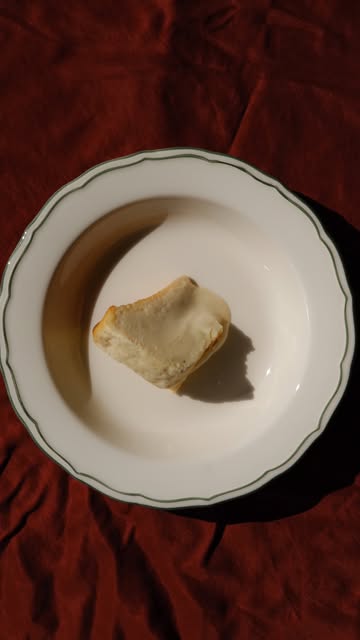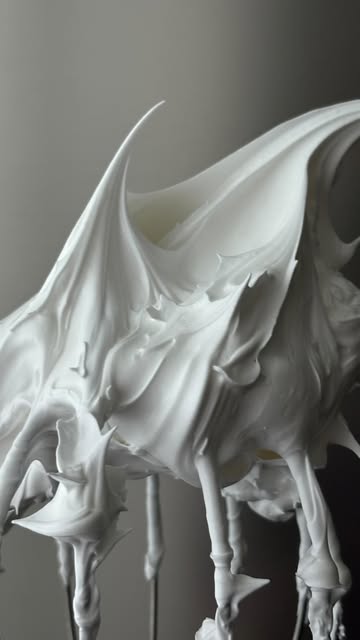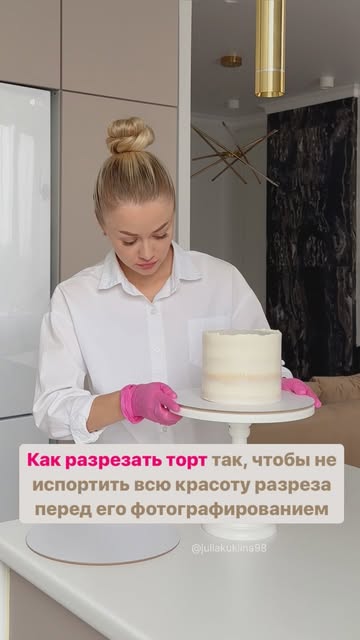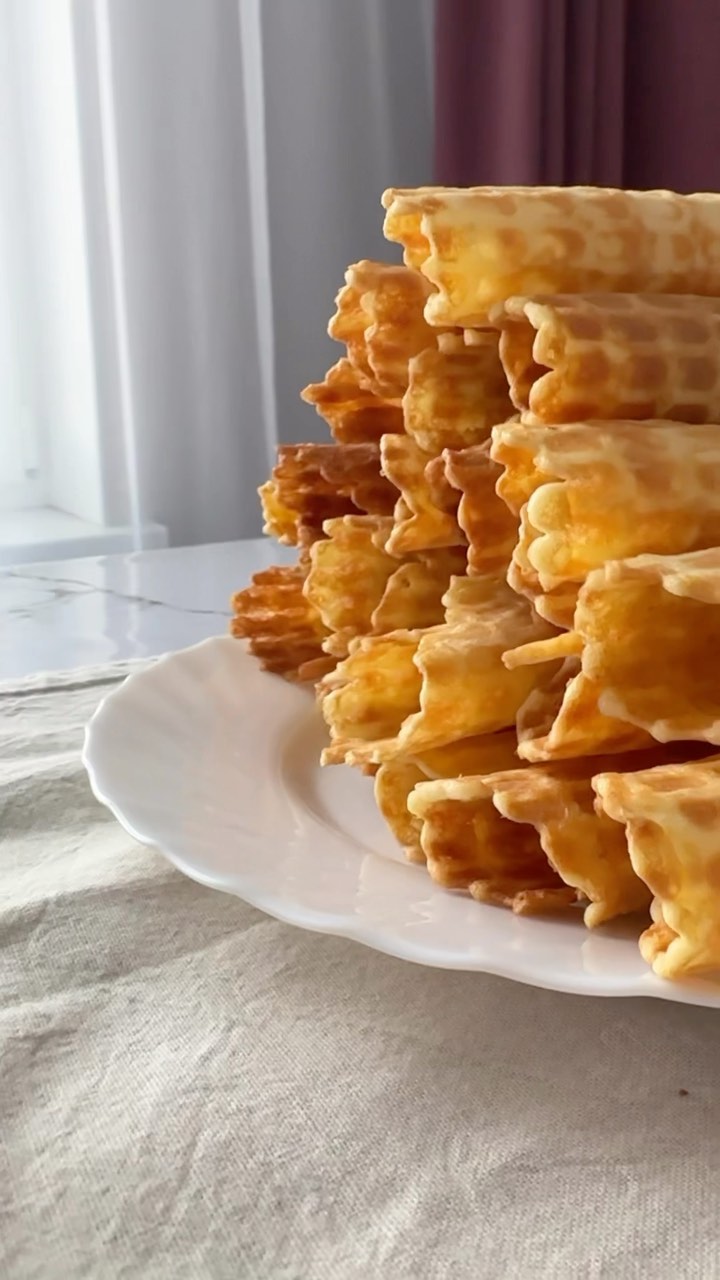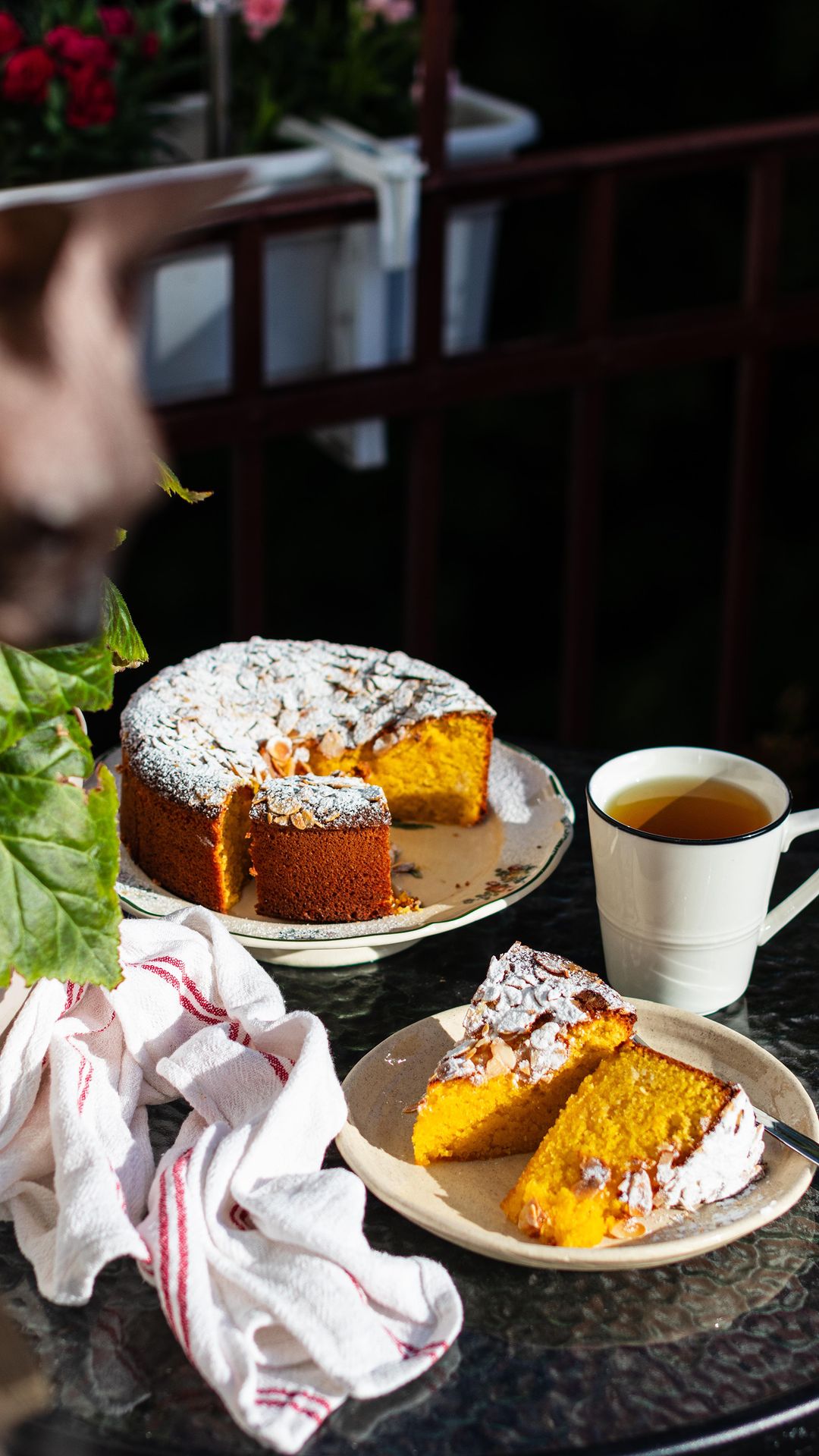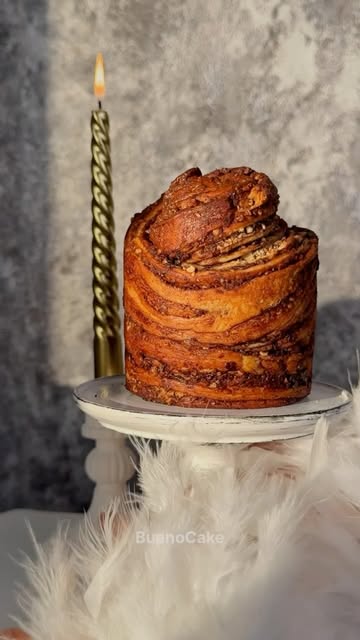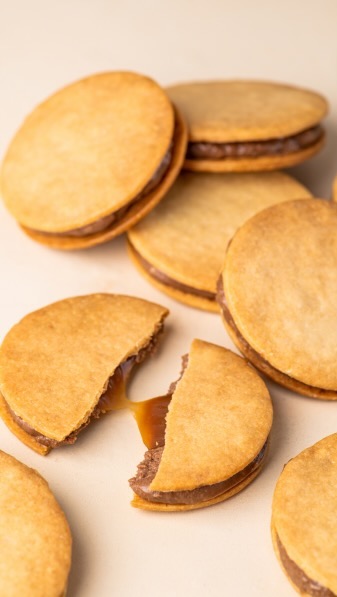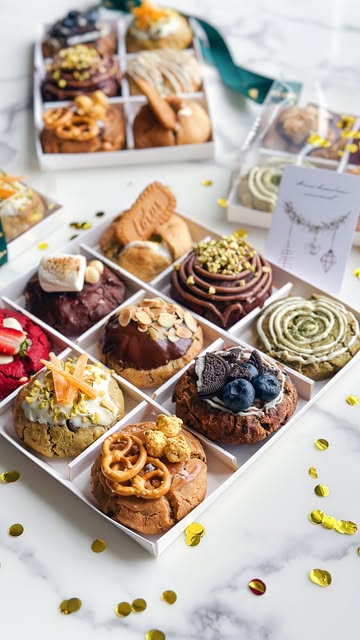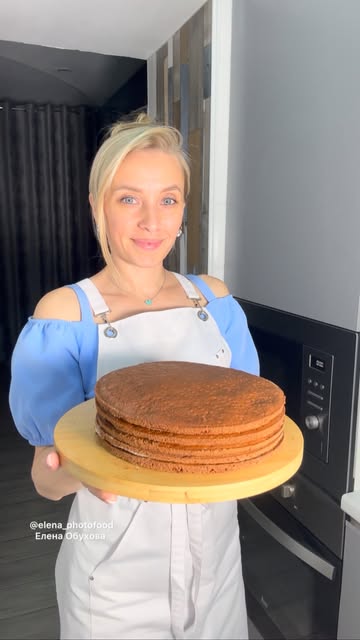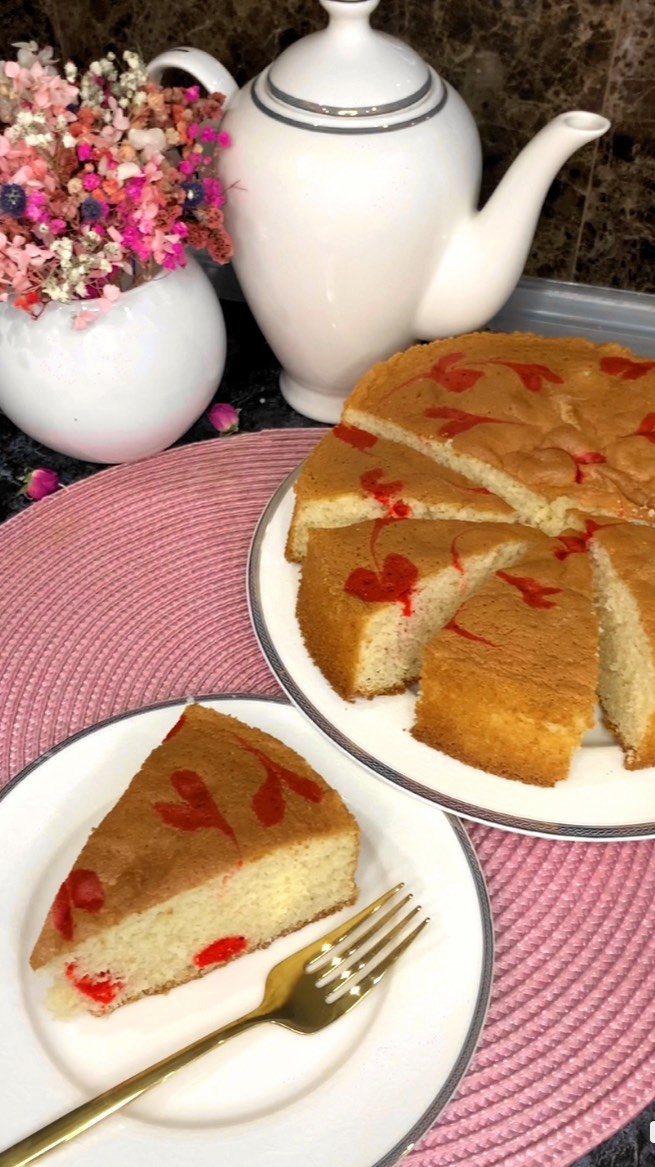Ingredients
Essential Ingredients
Optional Tools
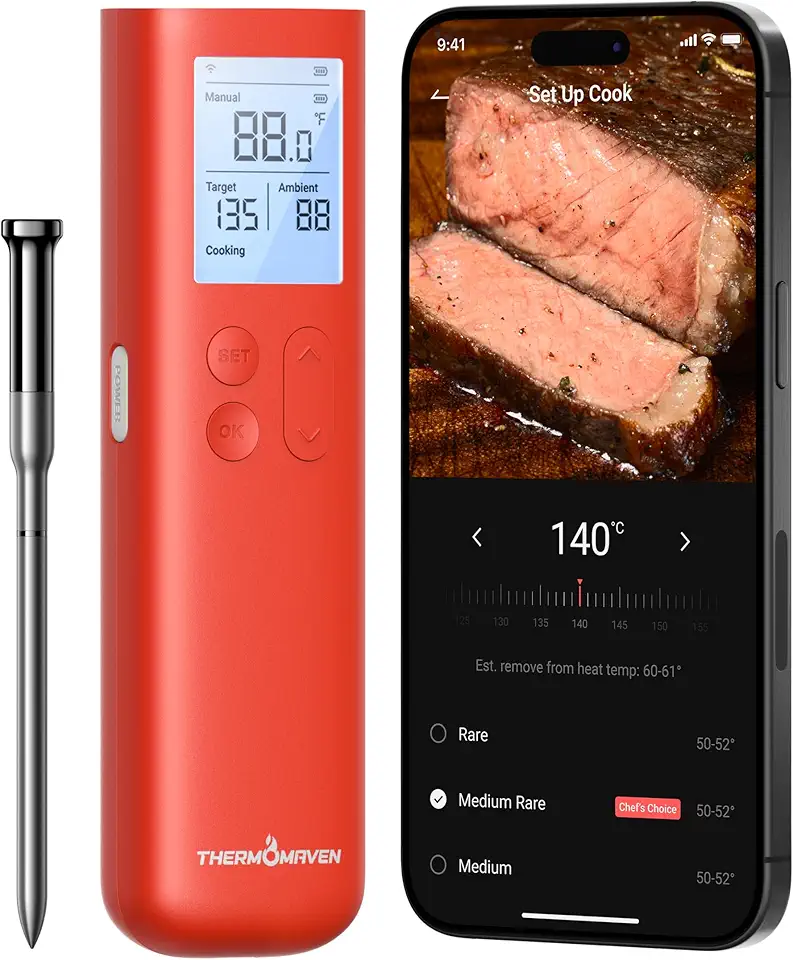 Wireless Meat Thermometer, 10X Enhanced Signal and Stability with Sub-1G, Standalone Base with Display & Control, Certified Accuracy ±0.5°F, WiFi Unlimited Range for BBQ, Oven,Smoker,Grill
$79.99
$129.99
View details
Prime
best seller
Wireless Meat Thermometer, 10X Enhanced Signal and Stability with Sub-1G, Standalone Base with Display & Control, Certified Accuracy ±0.5°F, WiFi Unlimited Range for BBQ, Oven,Smoker,Grill
$79.99
$129.99
View details
Prime
best seller
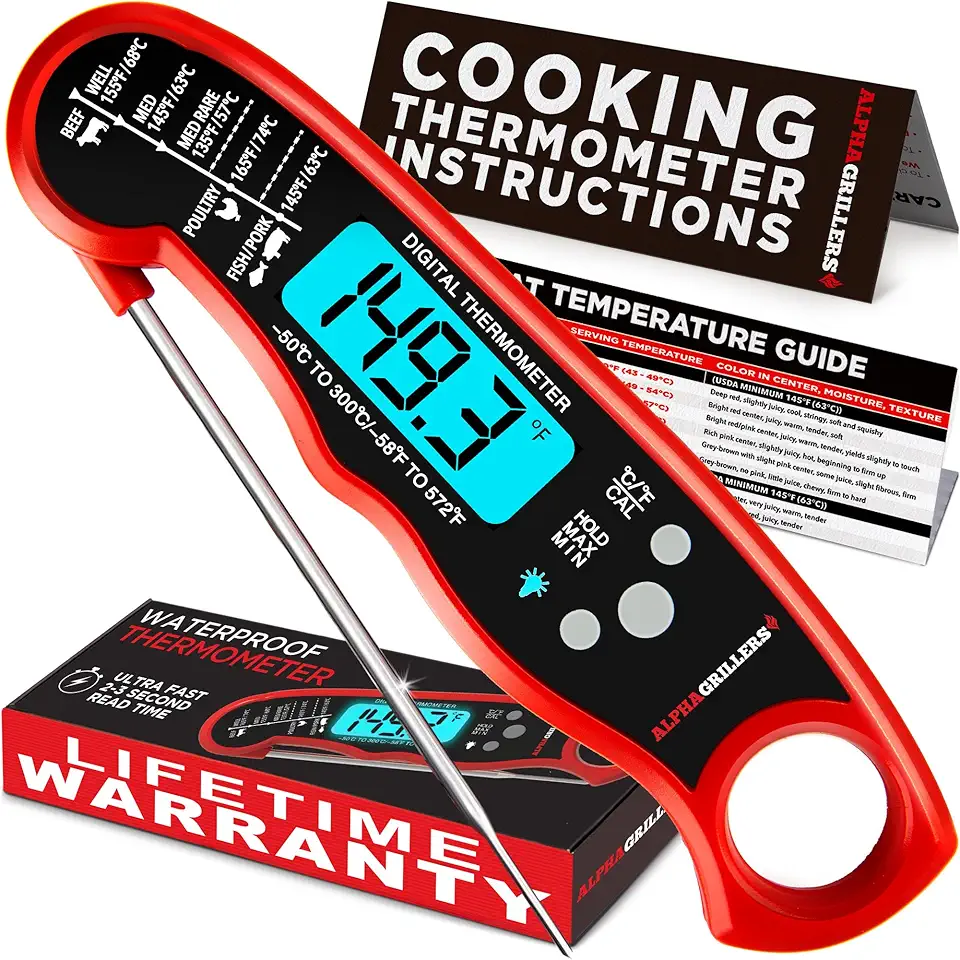 Alpha Grillers Instant Read Meat Thermometer for Cooking Grill and BBQ Griddle - Waterproof w/Backlight & Calibration for Food, Oven, Air Fryer Accessories, Kitchen Essentials, Stocking Stuffer Gifts
$18.98
$19.99
View details
Alpha Grillers Instant Read Meat Thermometer for Cooking Grill and BBQ Griddle - Waterproof w/Backlight & Calibration for Food, Oven, Air Fryer Accessories, Kitchen Essentials, Stocking Stuffer Gifts
$18.98
$19.99
View details
Instructions
Step 1
Ensure that your cheesecake is at least 6 centimeters (2.5 inches) tall. If your pan is shorter, simply line the inside with some baking foil to create additional height.
Step 2
Before baking, it is crucial to chill the batter for a minimum of 2 hours, and you can keep it in the fridge for up to 3 days. This chilling process allows the center of the cheesecake to bake more gently, resulting in a smoother texture.
Step 3
If your cream cheese is too firm, warm it up gently to about 40°C (104°F) before mixing in the other ingredients. This will help in creating a creamy texture.
Step 4
If you notice that the top of your cheesecake is baking unevenly, don’t hesitate to open the oven and rotate the cheesecake 90 degrees. This adjustment will promote even cooking.
Step 5
For an ultra-smooth finish, use an immersion blender to mix the batter. This tool is excellent for reducing air bubbles, which can create cracks in the cheesecake.
Step 6
If you want to ensure a reliably baked cheesecake, invest in a thermometer to check the center temperature. This will help you achieve perfect results every time.
Servings
When it comes to serving your cheesecake, the possibilities are endless! 🎉 Consider presenting your creamy confection with a drizzle of rich chocolate or a vibrant berry compote to tantalize the taste buds. You could even top it with a dollop of whipped cream for an added flourish! Indulge in the experience of a slice with a warm cup of coffee or a chilled glass of dessert wine—perfect for an evening treat.
If you're hosting a gathering, slice the cheesecake into delicate squares, place them on a beautiful platter, and let your guests enjoy every bite. Pair it with fresh fruit or a scoop of ice cream for an exceptional dessert bar experience! 🍦✨
No celebration is complete without a cheesecake; it’s the heart and joy of any dessert table. So bring on the smiles and relish the moments shared with this slice of happiness!
Equipment
This is essential for your cheesecake, allowing for easy removal and serving. Make sure it’s tall enough (at least 6 cm) to achieve that dreamy height!
An absolute game-changer! Using this tool will help you mix the cream cheese smoothly, eliminating air bubbles for a silkier texture.
 OVENTE Electric Immersion Hand Blender 300 Watt 2 Mixing Speed with Stainless Steel Blades, Powerful Portable Easy Control Grip Stick Mixer Perfect for Smoothies, Puree Baby Food & Soup, Red HS560R
$11.69
$21.99
View details
Prime
OVENTE Electric Immersion Hand Blender 300 Watt 2 Mixing Speed with Stainless Steel Blades, Powerful Portable Easy Control Grip Stick Mixer Perfect for Smoothies, Puree Baby Food & Soup, Red HS560R
$11.69
$21.99
View details
Prime
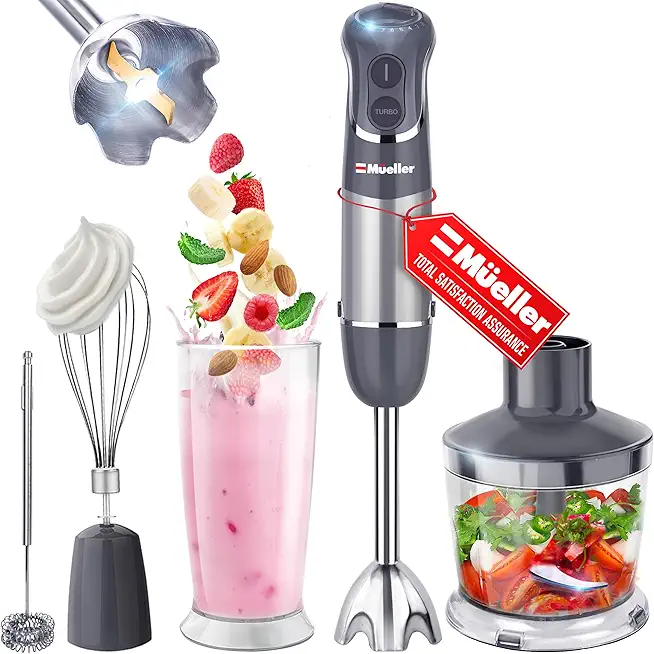 Mueller Multistick 800W 5-in-1 Immersion Blender Handheld, 12 Speed Hand Mixer - Turbo Boost, Heaviest Duty Copper Motor, Titanium Blades Hand Blender, Milk Frother Wand, Whisk, Beaker, Chopper
$39.96
$49.99
View details
Mueller Multistick 800W 5-in-1 Immersion Blender Handheld, 12 Speed Hand Mixer - Turbo Boost, Heaviest Duty Copper Motor, Titanium Blades Hand Blender, Milk Frother Wand, Whisk, Beaker, Chopper
$39.96
$49.99
View details
Control is key! An oven thermometer ensures your cheesecake bakes evenly by maintaining the correct temperature throughout the process.
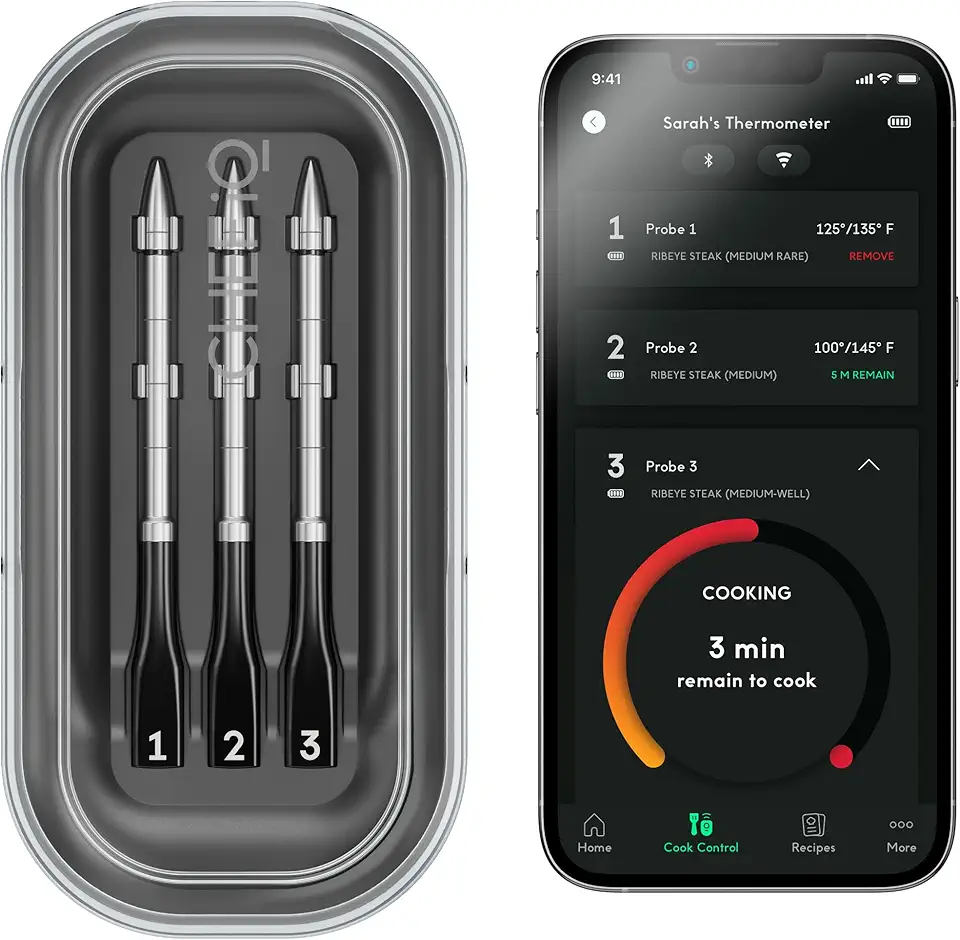 CHEF iQ Sense Smart Wireless Meat Thermometer with 3 Ultra-Thin Probes, Unlimited Range Bluetooth Meat Thermometer, Digital Food Thermometer for Remote Monitoring of BBQ Grill, Oven
$139.99
$219.99
View details
Prime
CHEF iQ Sense Smart Wireless Meat Thermometer with 3 Ultra-Thin Probes, Unlimited Range Bluetooth Meat Thermometer, Digital Food Thermometer for Remote Monitoring of BBQ Grill, Oven
$139.99
$219.99
View details
Prime
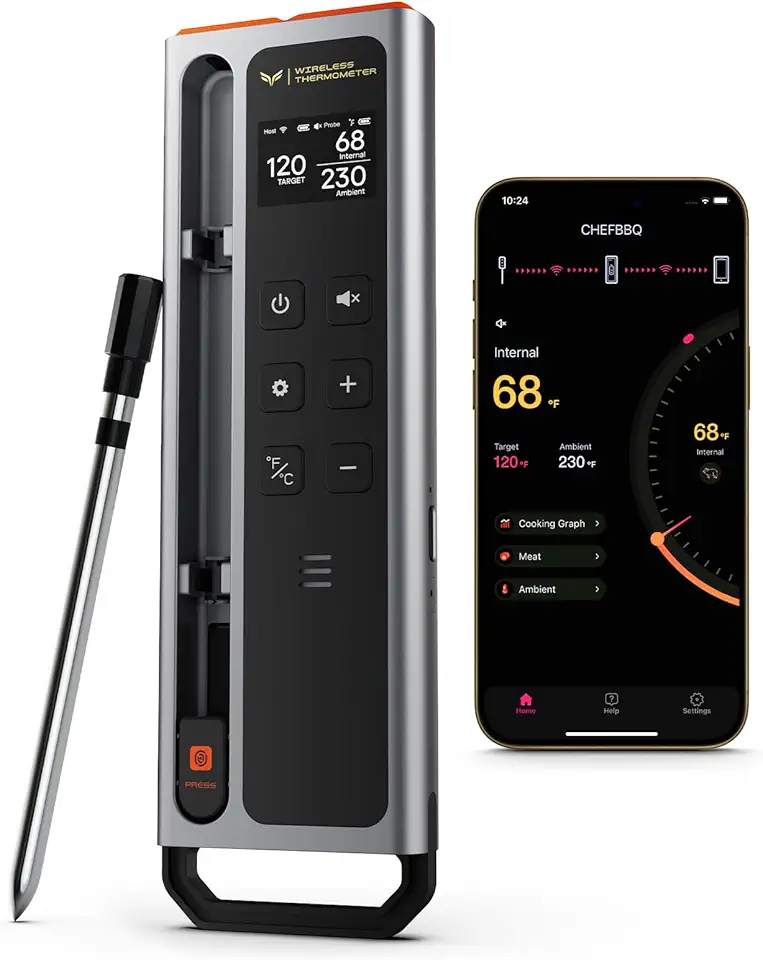 Meat Thermometer Digital Wireless, 800FT Long Range Bluetooth Cooking Thermometer, Food Thermometer for Remote Monitoring of Grill, Oven, Smoker, Air Fryer, Rotisserie, iOS & Android App
$99.99
$139.99
View details
Prime
Meat Thermometer Digital Wireless, 800FT Long Range Bluetooth Cooking Thermometer, Food Thermometer for Remote Monitoring of Grill, Oven, Smoker, Air Fryer, Rotisserie, iOS & Android App
$99.99
$139.99
View details
Prime
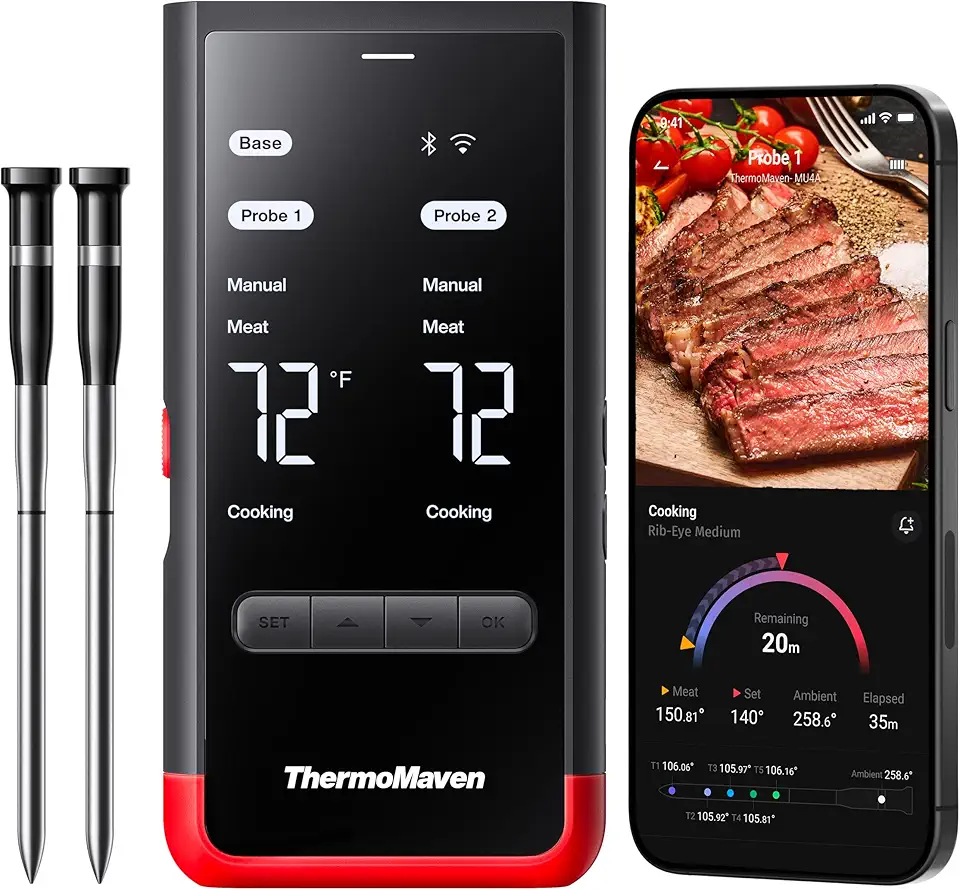 Wireless Bluetooth Smart Meat Thermometer: Standalone Base, WiFi Unlimited Range, 6 Sensors with NIST Certified Accuracy, 2 Probes, for BBQ, Grill, Oven, Smoker, Rotisserie (Red)
$120.00
$149.99
View details
Wireless Bluetooth Smart Meat Thermometer: Standalone Base, WiFi Unlimited Range, 6 Sensors with NIST Certified Accuracy, 2 Probes, for BBQ, Grill, Oven, Smoker, Rotisserie (Red)
$120.00
$149.99
View details
If your springform pan isn’t tall enough, you can line it with foil or wrap it in plastic to prevent leaks while providing the necessary height.
Variations
Looking to shake things up? We’ve got you covered with some amazing gluten-free and vegan variations! 🌱 For a gluten-free cheesecake, simply substitute regular flour with your favorite gluten-free blend in the recipe. Check the labels on your ingredients to make sure they’re gluten-free to keep everyone happy!
If you want a vegan twist, swap out the cream cheese for a blended mix of soaked cashews, coconut cream, and a bit of lemon juice to achieve that creamy texture. Whatever option you choose, each variation will carry the same delightful flavor, making your cheesecake a hit!
Faq
- What should I do if my cheesecake cracks on top?
Cracking can occur due to overbaking or cooking at a high temperature. Keep the temperature steady and don’t forget to rotate your cheesecake during baking to ensure even cooking!
- How can I tell when my cheesecake is done?
A great way to test for doneness is to use a thermometer. Your cheesecake should read about 65°C (150°F) at the center. It will set further as it cools!
- Can I use a different flavor of cream cheese?
Absolutely! Feel free to experiment with flavored cream cheeses or mix in your favorite extracts like vanilla or almond to put a twist on the classic recipe.
- Is chilling necessary after baking?
Yes! Chilling is crucial for achieving that smooth and defined texture. Aim for at least 2 hours, but overnight is ideal for optimal results!
- What is the best way to transport a cheesecake?
Keep your cheesecake stable by using the same springform pan for transport. You can also lightly cover it with plastic wrap to protect it from bumps and bruises!
- Can I freeze leftover cheesecake?
Yes, you can! Wrap individual slices tightly in plastic wrap and foil, then place them in an airtight container for up to 3 months. Thaw in the fridge before serving!

